Residential Gas Line Relocation Services
Relocating residential gas lines involves careful planning and precise execution to ensure safety and compliance with local regulations. Proper relocation can accommodate renovations, expansions, or property modifications.
Adjusting existing gas lines to new locations within a property to support remodeling or landscaping projects.
Addressing damaged or outdated gas lines with safe and efficient rerouting options.
Designing tailored routes to fit unique property layouts and ensure optimal safety.

Installation process of residential gas line rerouting.
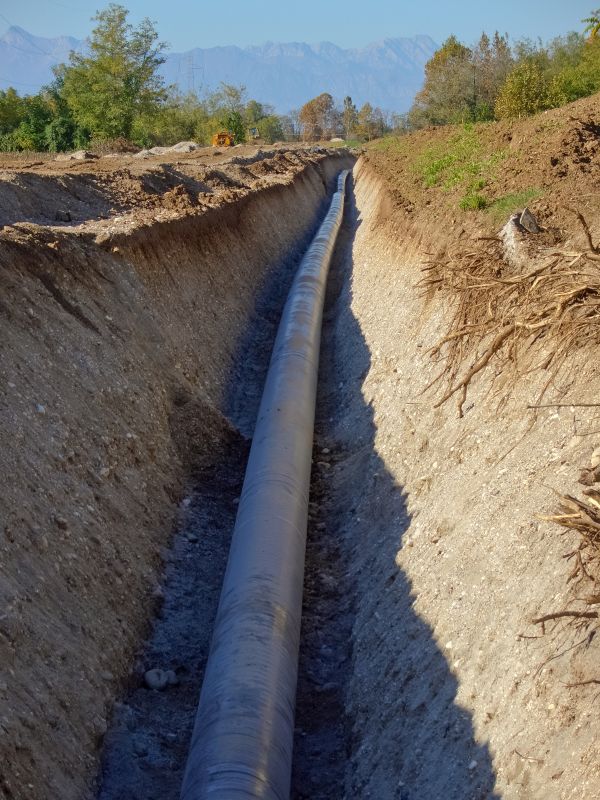
Digging to access existing gas lines for relocation.
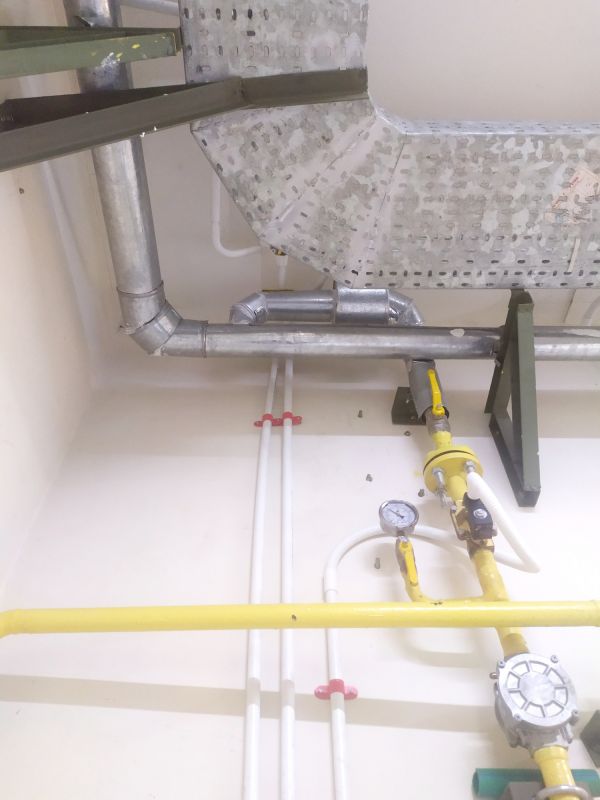
Installing new piping in a residential setting.
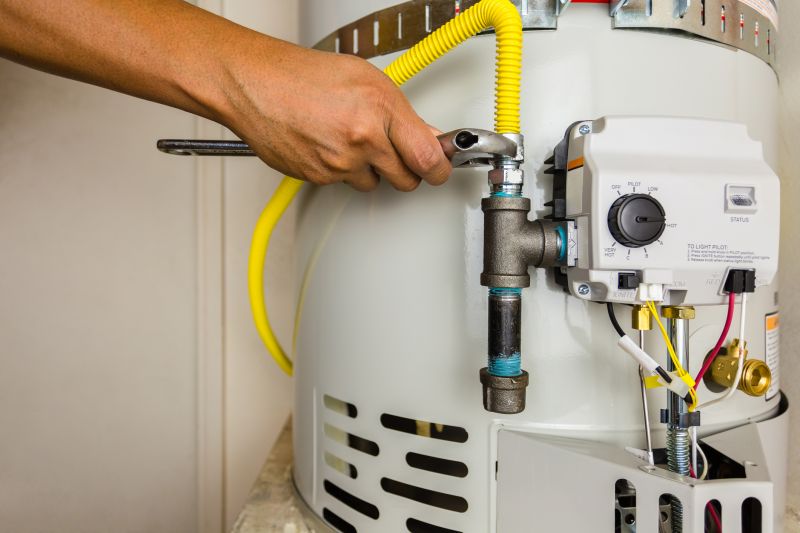
Secure connection of relocated gas lines.
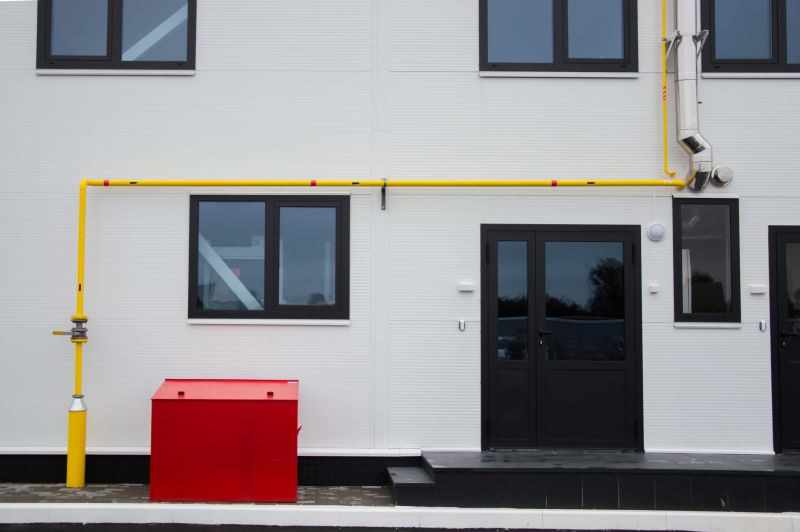
Completed gas line rerouting in a residential yard.
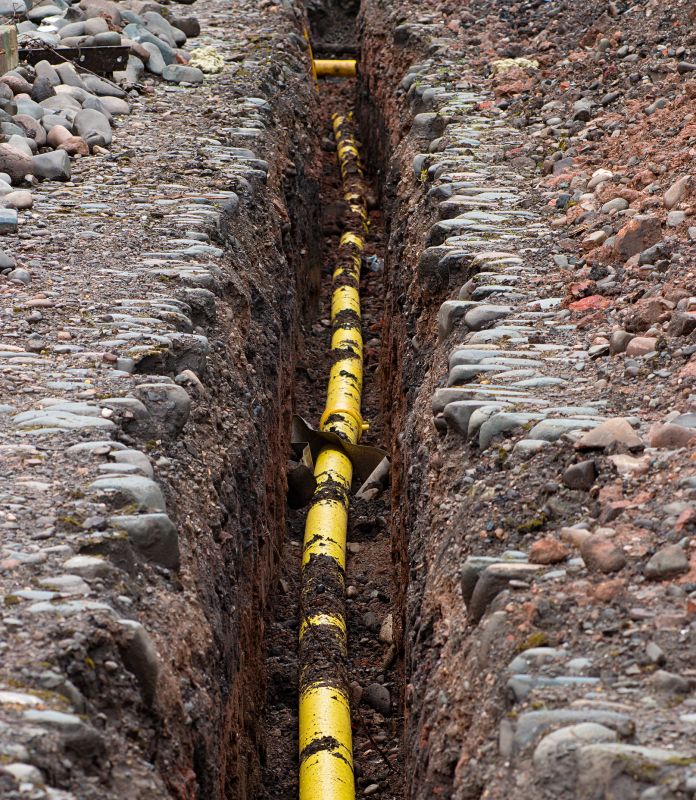
Preparing trench for gas line installation.
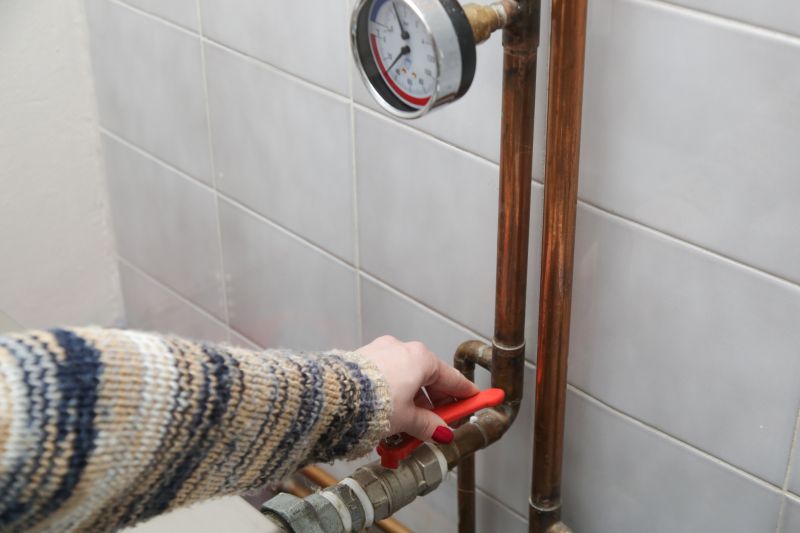
Pressure testing after relocation.
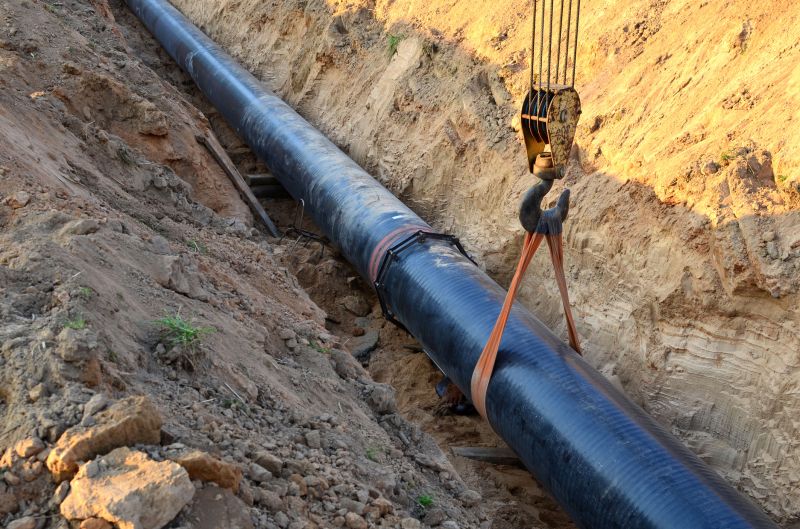
Restoring landscape after gas line work.

Final inspection of relocated gas lines.
| Aspect | Details |
|---|---|
| Average Duration | Relocating residential gas lines typically takes between 1 to 3 days depending on complexity. |
| Preparation Needed | Clear access to work areas and permits as required by local authorities. |
| Safety Measures | Shutoff of gas supply during work and pressure testing afterward. |
| Cost Factors | Length of the pipe, depth of excavation, and property layout influence costs. |
| Regulatory Compliance | Adherence to local codes and standards is essential for safety. |
Proper planning and execution are essential for safe and effective gas line relocation. It is recommended to contact a qualified professional to assess property-specific requirements and provide an accurate estimate.
For assistance with residential gas line relocation, filling out the contact form can facilitate obtaining a detailed quote tailored to specific property needs.



